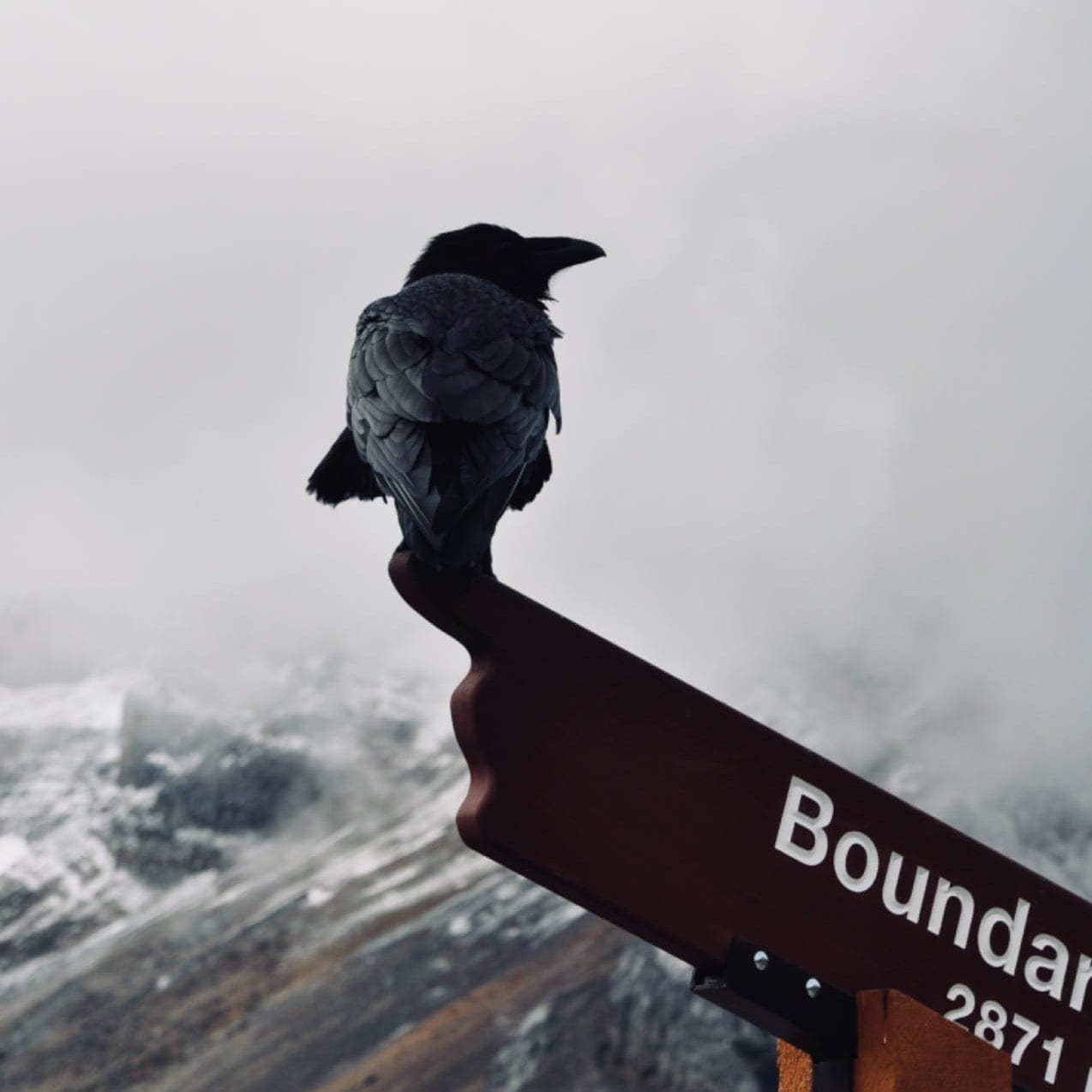On the Oregon Field Study there were lots of bumps in the road, but we still managed to push through. Even though our bus broke down, many students got sick, there was way more walking than we expected, and we had a reduced itinerary, I enjoyed the learning a lot. The first highlight was Fort Stevens was informative, such as it was one of the only places on the West Coast that was attacked by the Japanese during WWII. Additionally, the fort had many advanced ways of defending itself against the attack. My favourite thing I learned about Fort Stevens had to do with the canons. They were very unique and advanced, the canons had to be manned by 30 individuals and had a rotating bottoms so when it shot, it would retracted into hiding. The enemy would only see the top of the gun, it would fire, and then go into hiding. At Fort Stevens I learned about American History, war technology, and the life of a soldier at the fort.
Another highlight of our Field Study was at Hatfield Marine Science Center. At Hatfield, our first experiment was called Speedy Science and we were given small crabs to race. The basis of our experiment was to see if the male crabs are faster than the female crabs. After six crabs raced, we concluded that on average male crabs were faster than the females. The next experiment we constructed Remote Operated Vehicles, ROVs. For this experiment our team was tasked with designing and building an ROV to navigate a large tub and collect objects with a magnet. We were give some parameters which included restrictions on building materials, we were only allowed to use PVC pipes and connects. The other restriction was the number of motors were were allowed to use, we were given three motors. These projects helped work on our collaborative skills, team work skills , and problem solving skills.
Another key location we visited was Wolf Haven International, a sanctuary for wolves that can’t be returned to the wild. This organization is very important because it helps save the wolf population, and other animals as well. The organization also works with a company called SAFE (Stop Animals From Extinction). We also stopped at the Columbia River Maritime Museum where they covered various topics from local First Peoples and crossing the bar. Crossing the bar is a part of the ocean where it is very rough, which was included in a poem called Crossing the Bar by Alfred Lord Tennyson. At this stop I learned about the bar, how dangerous it was, and about historical poetry. Personally I would not cross the bar as it would be extremely difficult and dangerous.
There are many more stops that would take some time to explain. However, in general, the other key things that I learned was about how all these organizations advertise and attract visitors. I also learned what to do and what not to do when your vehicle breaks down on the highway, how to take care of yourself when you are away from home and sick, and how to budget my spending money so it would stop.
I loved the Oregon Field Study trip and I learned many academic things, and some life things. 



Here is my journal for the Oregon trip.


0 comments on “Oregon Field Study” Add yours →